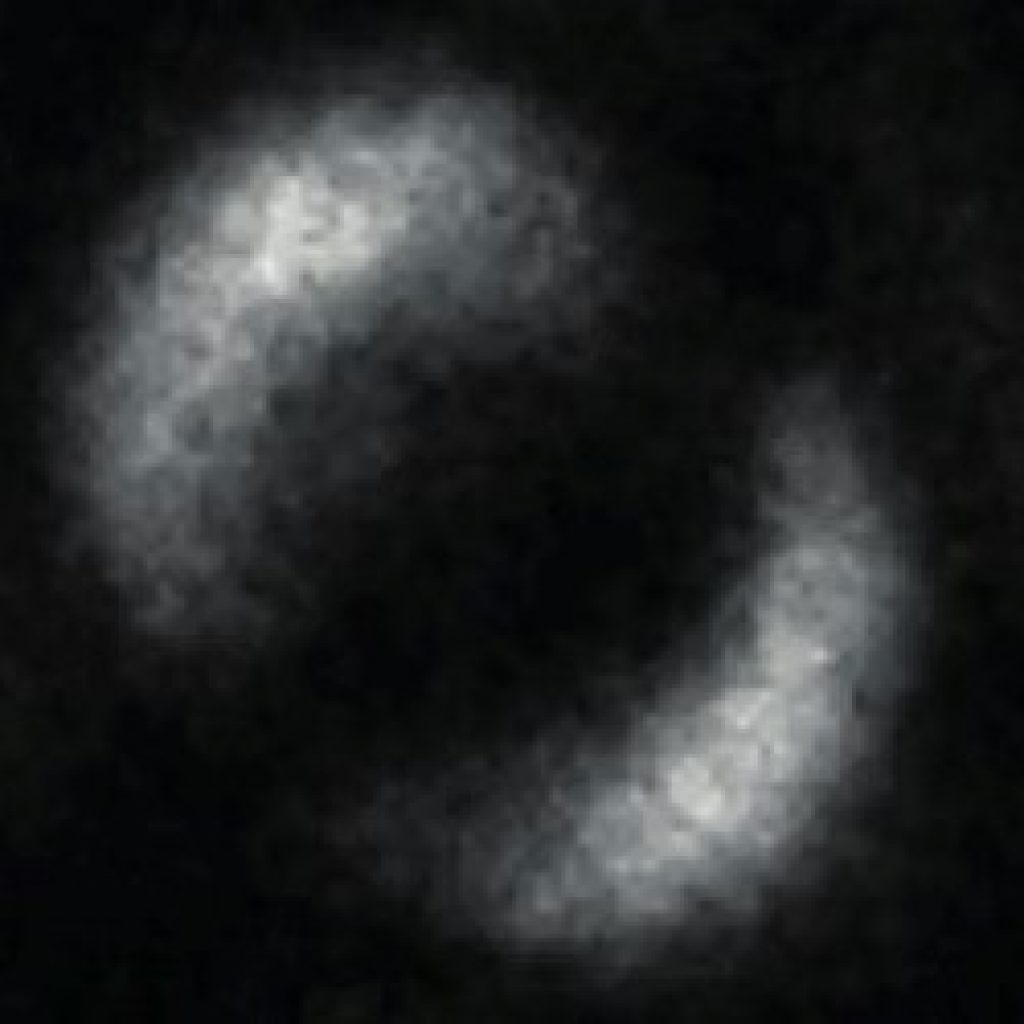(Silicon.co.uk) Researchers from the UK, Japan and Germany demonstrated a new method for generating and detecting quantum-entangled photons further into the infrared, at 2.1 micrometres, which could help to overcome such interference issues.
Quantum entanglement is a quantum effect in which two particles become inextricably linked to one another, so that the way one behaves affects the other, regardless of the distance between them.
If used in place of conventional cryptographic keys, quantum-entangled particles could be used to create virtually uncrackable encryption for communications.
Quantum-entangled photons are considered especially promising for long-distance secure communications, such as those transmitted over satellite systems.
Dr Matteo Clerici, senior lecturer at the University of Glasgow, who led the new research, said the team’s breakthrough was to generate and detect quantum-entangled photons at a wavelength where they are less likely to be affected by background solar radiation when transmitted across free space.
The wavelength used is also less likely to be absorbed by gases that affect the wavelength of two micrometres, he said.
“Also, the sunlight is much less overwhelming in this region – it’s one-third the brightness that it has at standard telecommunication wavelengths around 1550 nm, for example,” Clerici said.
Researchers Demo Breakthrough Method for Creating Quantum-Entangled Particles Considered Promising for Long-Distance Communications
